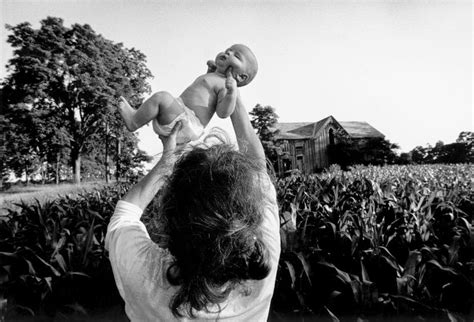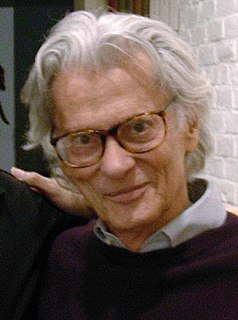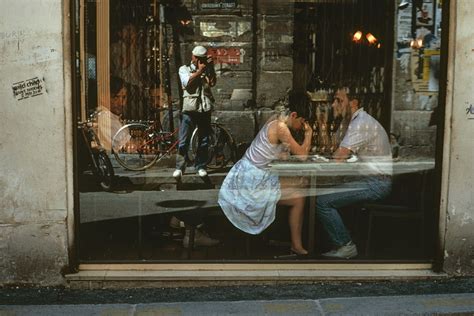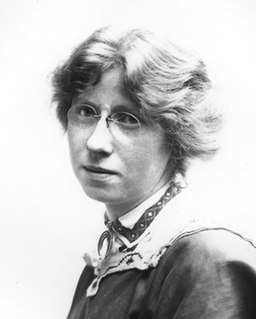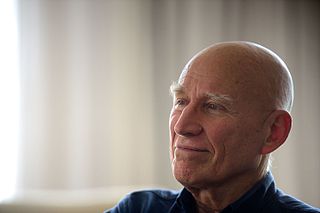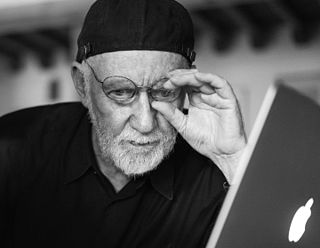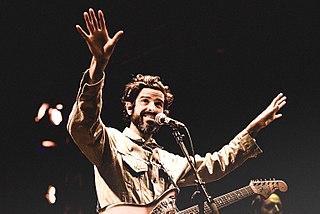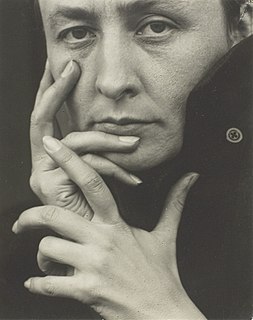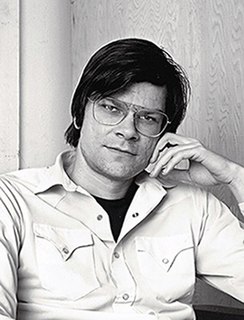A Quote by Michael Kenna
There is no one way of photographing anything. I don't believe there is even one best way of photographing any given subject.
Related Quotes
Snapshots that have been taken of me working show something I was not aware of at all, that over and over again I'm holding my own body or my own hands exactly like the person I'm photographing. I never knew I did that, and obviously what I'm doing is trying to feel, actually physically feel, the way he or she feels at the moment I'm photographing them in order to deepen the sense of connection.
I hate having my photograph taken and I try to keep that in mind when I'm photographing other people. But the best photos that I've taken are the ones when people have forgotten that I'm there. If I'm in a recording studio with a musician, for example, maybe I'm not photographing them in the middle of a take but I can just get that stolen moment of them resting and they glance over to me.

